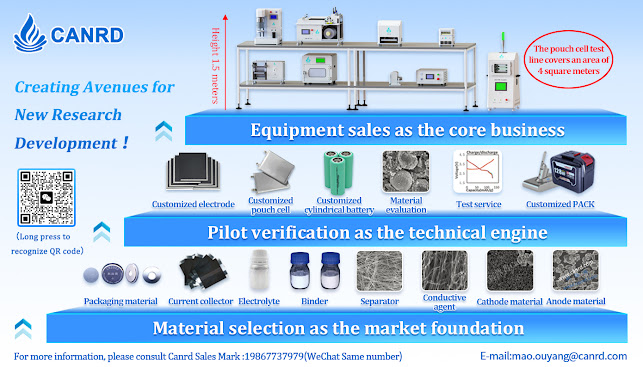1. Introduction
A full cell is a complete battery system that includes a positive electrode, a negative electrode, a separator, an electrolyte, and a shell. Unlike a half-cell, a full cell can provide an accurate assessment of the electrochemical and mechanical properties of an actual battery when it is in operation. A half-cell usually uses a metal sheet or foil (such as a lithium sheet or foil) as a counter electrode, while a full cell consists of two active electrodes, one as the positive electrode and the other as the negative electrode. The design and assembly of a full cell need to consider a variety of factors, including the choice of electrode materials, the type of electrolyte, the properties of the separator, and the structure of the battery shell to ensure the performance, safety, and reliability of the battery . Full cell testing is usually used to evaluate the degree of match between the positive and negative electrode materials and the rest of the battery, as well as the performance of the battery under actual use conditions. This article mainly introduces the design, assembly, and testing of full cells based on laboratory button-type full cells, and analyzes the factors affecting the design of full cells with examples.








